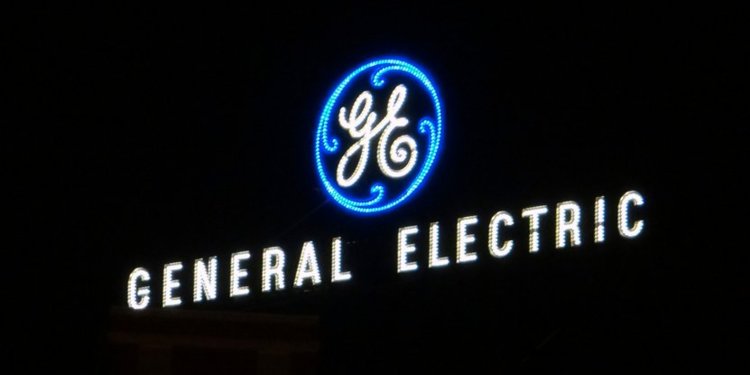
The ravaging of retirement accounts is on a roll.
The number of participants taking hardship withdrawals from their 401(k) was up 13% in the third quarter versus the second quarter, according to a new survey from Bank of America, which tracks about 4 million clients’ employee benefit programs.
That tallies up to more than 18,000 plan participants, the highest level in the past five quarters since Bank of America started tracking this data, and up 27% compared to the number of withdrawals during the first three months of the year.
To be clear, while these numbers have ticked up, they are still a very low percentage of overall plan participants.
Taking a loan from retirement savings is undeniably a quick cash move during uncertain times, but consequences exist.
“In looking at our data across 401(k) plans, economic hardships continue to be a factor,” Lisa Margeson, managing director, Retirement Research and Insights Group at Bank of America, told Yahoo Finance.
“While there could be several factors at play, the economic environment, following a year of high inflation and the rising cost of living, could be influencing this ongoing trend.”
According to the Bank of America survey, the average worker hardship withdrawal from a 401(k) plan in the third quarter of the year was $5,070, on par with the average withdrawal in previous quarters this year.
Borrowing from retirement savings was also up. The percentage of 401(k) participants who got a loan from their workplace plan in the third quarter was 2.5%, the same as in the second quarter and up from 1.9% in the first three months of the year.
The average loan amount: $8,530, consistent with the average loan amounts borrowed in the first six months of the year.
The generations with the highest percentage of loans outstanding were Generation X (23.3%) who were born between 1965 and 1980, followed by millennials (15.1%) who were born between 1981 and 1996.
Loans, however, are not permitted from IRAs or from IRA-based plans such as SEPs, SARSEPs, and SIMPLE IRA plans.
“Things are starting to crack,” Cary Carbonaro, a certified financial planner, told Yahoo Finance. “This is a direct result of the Fed raising rates. We are just starting to see the effects of these hikes — whether it is auto loans at almost 10% mortgages at 8% or credit cards at 20-plus%. Add on the inflation and resumption of the student loan payments, budgets are stretched to the max for almost everyone but the very wealthy.”
The fall-out from a retirement raid
Withdrawals, of course, are the most damaging for savers because an early withdrawal triggers some weighty taxes and penalties.
A withdrawal from your 401(k) account is typically taxed as ordinary income. Also, you’ll pay a 10% early withdrawal penalty before age 59½, unless you meet one of the IRS exceptions. These include certain medical expenses, qualified tuition payments, and up to $10,000 for first-time homebuyers. Some employer plans, too, will allow a non-hardship withdrawal.
With a loan, it’s not a total loss.You pull money from your retirement savings and then pay it back to yourself, typically within five years, with interest — the loan payments and interest go back into your account. Depending on what your employer’s plan allows, you can take out as much as 50% of your savings, up to a maximum of $50,000, within a 12-month period.
One caution: If you leave your current employer, you might have to repay your loan in full straightaway. When you can’t repay the loan, it’s considered defaulted, and you’ll be on the hook for both taxes and a 10% penalty if you’re under 59½.
Financial experts are rarely on board with clients tapping their 401(k) plans until you’re up and over the 59½ year old hump.
“Typically, taking a loan from your 401(k) should be one of the last resorts since you will miss out on potential market appreciation as the borrowed amount is not invested,” Ryan Haiss, a certified financial planner at Flynn Zito Capital Management in Garden City, N.Y., told Yahoo Finance.
Another fallout from using your retirement cache for short-term expenses is that by pulling cash out, even for a short period, your retirement funds miss out on compounding growth on the borrowed amount.
“We haven’t had many clients reach out to us about drawing from their 401(k) just yet,” Haiss added. “Before investing, we strongly encourage our clients to build an emergency fund, which can be anywhere from 3 to 6 months of expenses. That would of course be the best place to draw from in the event of an emergency.”
If taking a loan or withdrawals from your 401(k) is unavoidable, then “you should attempt to continue contributions while repaying the loan, especially up to the employer match, if available,” Haiss said. “Otherwise, you are missing out on ‘free money’ from your employer.”
























